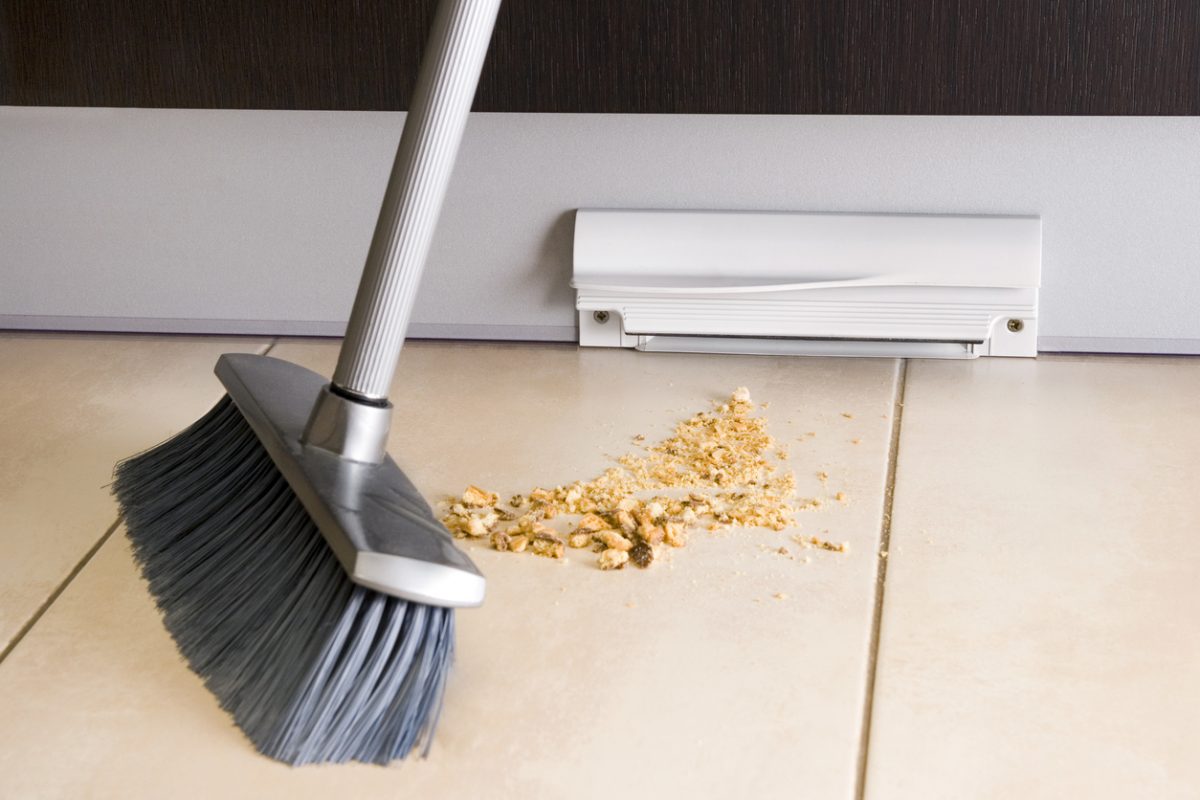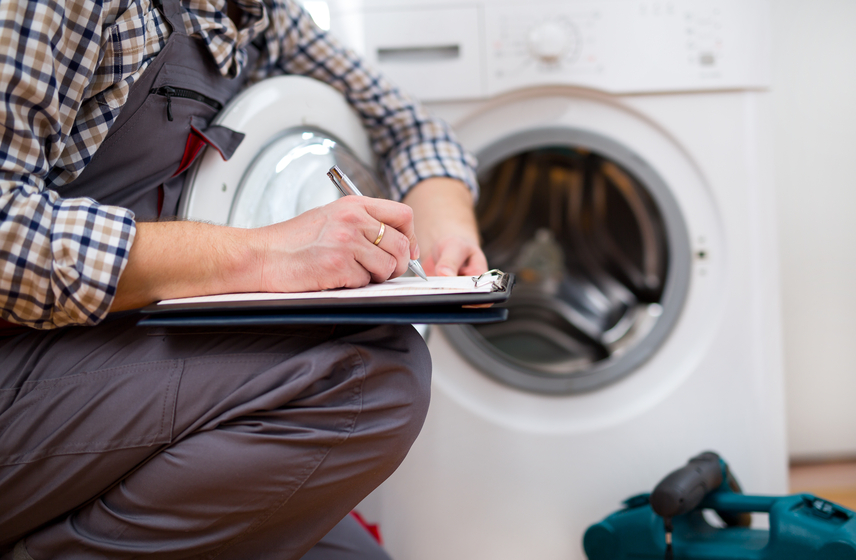If you’re reading this, you are probably considering adding a central vacuum to your home. While central vacuums aren’t as well known as the more common upright, canister, stick or robotic vacuums, they offer serious convenience, cleaning power and a host of features. We have compiled some of the most common questions about central vacuums to help you learn and decide whether a central vacuum is your best option for your floor care.

Can a central vacuum be installed in any home?
Central vacuums can be installed in most homes, so long as there is access to the walls and crawlspaces. Your installer will work with you to find the best solution for your home.
How does a central vacuum differ from a portable vacuum?
Central vacuums are built into the home, with the canister typically placed in a garage or basement. PVC pipe is run through the walls and inlets are strategically placed to allow access to most or all of the home. All that is carried in the home is a 30’-35’ hose and attachments.
How long do central vacuum systems last?
While different factors affect how long a system lasts, many central vacuums can last 20-30 years, or even longer, depending on how often they are used.
Will I need to have an inlet in every room?
Inlets will be placed to allow access to most or all of the home. One inlet can cover as much as 700-1000 square feet, and they do not need to be placed in every room. Different lengths of hoses are available to adjust the reach of your central vacuum as necessary. Some systems include retractable hoses that can be pulled directly from the wall to the length needed. Consider placing them in or near high-traffic areas in the home or places that are vacuumed more than others, like dining rooms, kitchens or living rooms.
How much dirt does a central vacuum canister hold?
Different sizes of canisters are available. Most models will hold between seven and 10 gallons of debris.
How strong are central vacuums?
Central vacuums have larger motors than portable vacuums. This allows them to provide about three to five times the suction of a portable vacuum.
Will a central vacuum work on different surfaces?
Yes. Central vacuums come with a number of attachments like dusting brushes, crevice tools and hardwood floor brushes so you can adapt your central vac to any cleaning job, floor to ceiling. Some central vacuums can even be converted to wet-dry systems.
How long does it take to install a central vacuum?
This depends on the complexity of the job, but most systems can be installed in one day.
Do central vacuums use bags, like my portable vacuum?
It depends on the model. Some use bags, which will need to be changed according to the manufacturer’s directions. Other models are bagless but may require exterior venting.
Will I need to bring out the hose every time there is a small mess?
Not necessarily. One popular feature of central vacuums is a kick plate, a sort of automatic dustpan. Sweep dirt directly in, and it will be sucked into the remote central vacuum canister. Another option is a retractable hose which can be pulled out and used at any hose length. Additionally, many homeowners still keep a portable vacuum on hand for quick cleanup jobs.
What features are available for central vacuums?
Central vacuums offer many features and attachments. Some more popular options include retractable hoses, automatic dustpans, power brushes, pet hair tools, extra wands, and hardwood floor brushes.



 Autumn is normally a time when appliance shoppers think ahead to the holiday season and try to purchase new appliances before guests arrive and families gather for a holiday meal. But this isn’t a normal time, and as anyone in the market for a major appliance has probably heard, they might have to wait additional weeks before their preferred appliance model can be delivered. The slowdown is a result of many factors, including the COVID-19 pandemic, which has increased demand for appliances as consumers, who are spending more time than ever at home, are taking steps to bring
Autumn is normally a time when appliance shoppers think ahead to the holiday season and try to purchase new appliances before guests arrive and families gather for a holiday meal. But this isn’t a normal time, and as anyone in the market for a major appliance has probably heard, they might have to wait additional weeks before their preferred appliance model can be delivered. The slowdown is a result of many factors, including the COVID-19 pandemic, which has increased demand for appliances as consumers, who are spending more time than ever at home, are taking steps to bring 